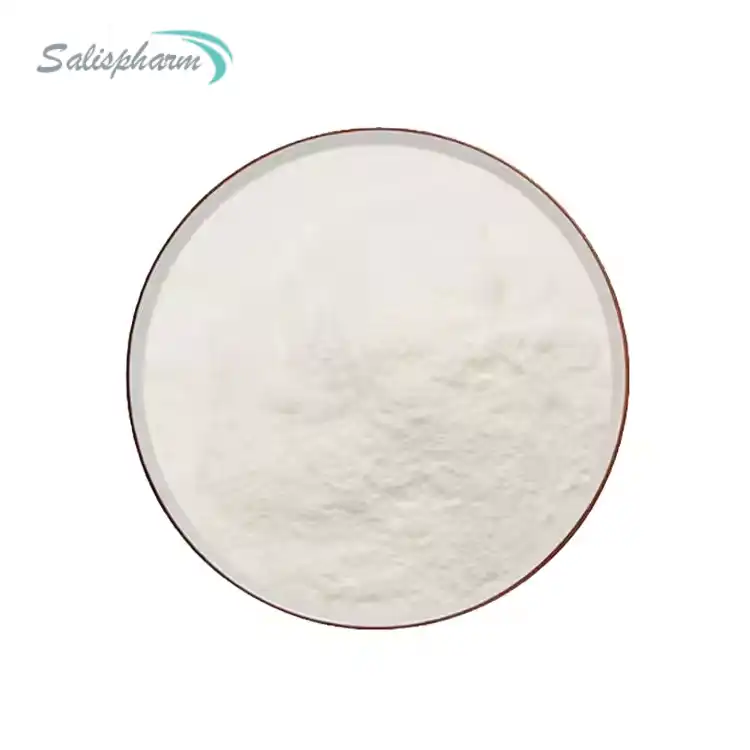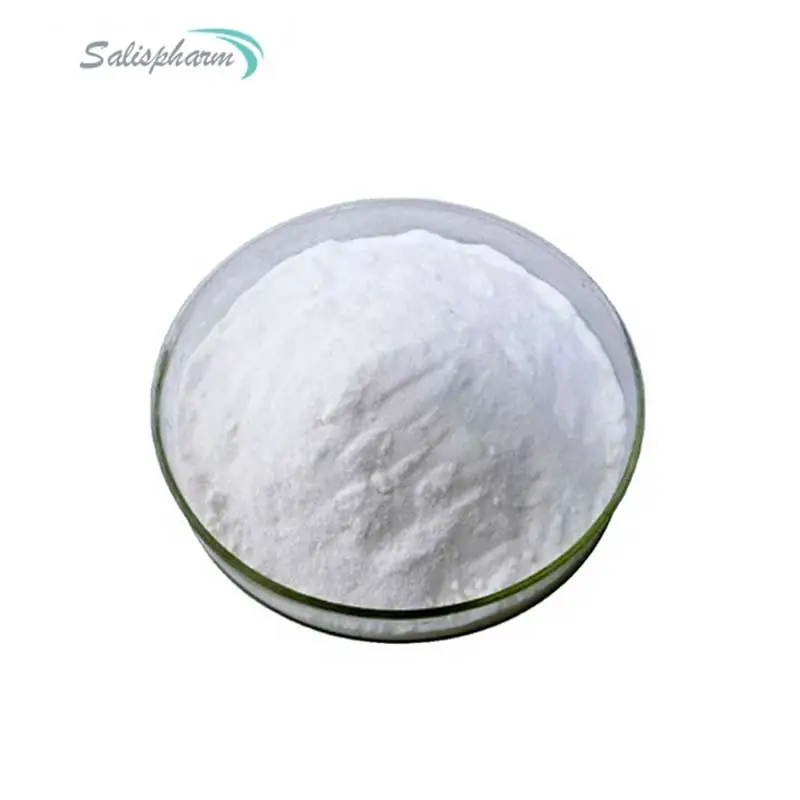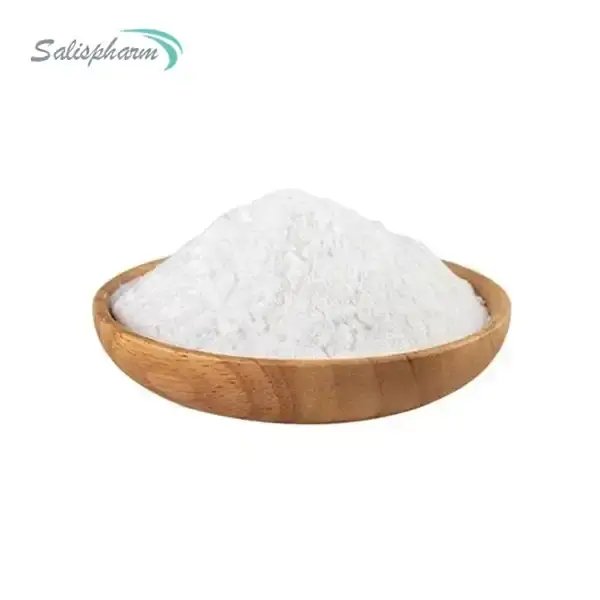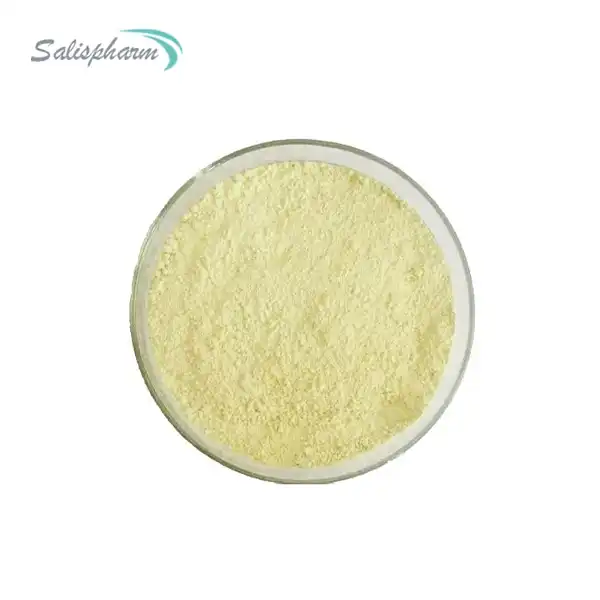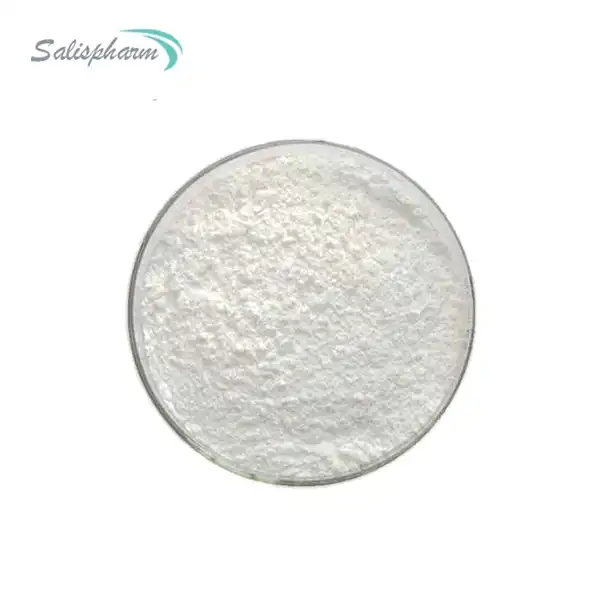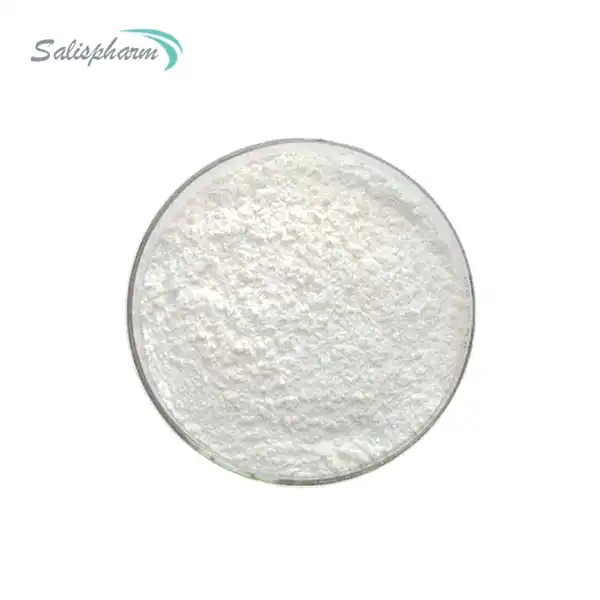Analgin Powder, also known as metamizole or dipyrone, is a versatile medication that has been used for decades to manage various health conditions. This powerful analgesic and antipyretic drug has gained popularity due to its effectiveness in treating pain and fever. In this comprehensive guide, we'll explore the common uses of Analgin Powder and answer some frequently asked questions about this medication.
What conditions can Analgin Powder effectively treat?
Analgin Powder is renowned for its broad spectrum of therapeutic applications. Its primary use is in the management of pain and fever associated with various conditions. Here are some of the most common conditions that Analgin Powder can effectively treat:
1. Acute Pain: Analgin Powder is highly effective in managing acute pain, such as headaches, toothaches, and menstrual cramps. Its rapid onset of action makes it a preferred choice for quick pain relief. The medication works by inhibiting the production of prostaglandins, which are responsible for pain and inflammation in the body.
2. Postoperative Pain: After surgical procedures, patients often experience significant discomfort. Analgin Powder can be administered to help manage postoperative pain, allowing patients to recover more comfortably. Its analgesic properties help reduce the need for stronger opioid medications, which can have more severe side effects.
3. Musculoskeletal Pain: Conditions such as arthritis, back pain, and muscle strains can be effectively managed with Analgin Powder. The medication's anti-inflammatory properties help reduce swelling and alleviate pain associated with these conditions, improving mobility and quality of life for patients.
4. Fever: As an antipyretic agent, Analgin Powder is highly effective in reducing fever associated with various illnesses. It works by resetting the body's temperature regulation center in the hypothalamus, helping to bring down elevated body temperatures and provide relief from fever-related discomfort.
5. Migraine Headaches: For those suffering from debilitating migraine headaches, Analgin Powder can offer significant relief. Its ability to target both pain and inflammation makes it particularly effective in managing the complex symptoms associated with migraines.
6. Dental Pain: Toothaches and pain following dental procedures can be effectively managed with Analgin Powder. Its analgesic properties provide relief from dental pain, allowing patients to maintain their daily activities while awaiting further treatment if necessary.
7. Renal Colic: The severe pain associated with kidney stones, known as renal colic, can be alleviated with Analgin Powder. Its potent analgesic effects help manage the intense discomfort experienced during the passage of kidney stones.
It's important to note that while Analgin Powder is effective for these conditions, it should always be used under the guidance of a healthcare professional. The appropriate dosage and duration of treatment may vary depending on the specific condition and individual patient factors.
How does Analgin Powder compare to other pain relievers?
When it comes to pain management, there are numerous options available on the market. Analgin Powder, however, stands out due to its unique properties and effectiveness. Let's compare Analgin Powder to other common pain relievers to understand its advantages and potential drawbacks:
1. Analgin Powder vs. NSAIDs (e.g., ibuprofen, naproxen):
- Faster onset of action: Analgin Powder typically provides quicker pain relief compared to traditional NSAIDs.
- Stronger analgesic effect: Many patients report more potent pain relief with Analgin Powder, especially for severe pain.
- Lower risk of gastrointestinal side effects: Analgin Powder is generally associated with a lower incidence of stomach irritation and ulcers compared to NSAIDs.
- Antipyretic properties: Like NSAIDs, Analgin Powder is effective in reducing fever.
2. Analgin Powder vs. Acetaminophen (Paracetamol):
- Broader spectrum of action: Analgin Powder offers both analgesic and anti-inflammatory properties, while acetaminophen primarily acts as a pain reliever and fever reducer.
- More effective for certain types of pain: Analgin Powder may be more effective for severe pain, such as postoperative pain or renal colic.
- Different mechanism of action: Analgin Powder works through multiple pathways, including prostaglandin inhibition and modulation of pain perception, potentially offering more comprehensive pain relief.
3. Analgin Powder vs. Opioid Pain Medications:
- Non-addictive: Unlike opioids, Analgin Powder does not carry the risk of addiction or dependence.
- Fewer side effects: Analgin Powder typically has a lower incidence of side effects such as drowsiness, constipation, and respiratory depression compared to opioids.
- Suitable for long-term use: In many cases, Analgin Powder can be used for extended periods without the risk of tolerance or escalating dosage requirements.
4. Analgin Powder vs. Topical Analgesics:
- Systemic effects: As an oral medication, Analgin Powder provides systemic pain relief, making it more effective for widespread or internal pain compared to topical treatments.
- Versatility: Analgin Powder can be used for a wider range of pain conditions, including those that are not accessible to topical applications.
It's worth noting that while Analgin Powder offers several advantages, its availability is limited in some countries due to concerns about rare but serious side effects. In regions where it is available, it is often used as a second-line treatment when other pain relievers are ineffective or contraindicated.
The choice between Analgin Powder and other pain relievers should be made in consultation with a healthcare professional, taking into account the specific pain condition, individual patient factors, and potential risks and benefits of each medication.
What are the recommended dosages for Analgin Powder?
Determining the appropriate dosage of Analgin Powder is crucial for achieving optimal therapeutic effects while minimizing the risk of adverse reactions. The recommended dosage can vary depending on several factors, including the patient's age, weight, the specific condition being treated, and individual response to the medication. Here's a comprehensive guide to Analgin Powder dosages:
1. Adult Dosage:
- For acute pain or fever: The typical adult dose ranges from 500 mg to 1000 mg, taken orally every 6 to 8 hours as needed. The maximum daily dose should not exceed 4000 mg.
- For chronic pain conditions: Lower doses may be prescribed for long-term use, typically 500 mg 3-4 times daily.
- Postoperative pain: In hospital settings, higher doses may be administered intravenously, usually 1000-2500 mg every 6-8 hours, not exceeding 5000 mg per day.
2. Pediatric Dosage:
- For children over 3 months old: The recommended dose is typically calculated based on body weight, with 10-15 mg per kilogram of body weight given every 6-8 hours as needed.
- For infants under 3 months: Use of Analgin Powder is generally not recommended without strict medical supervision.
3. Elderly Patients:
- Lower doses may be prescribed for elderly patients due to potential age-related changes in drug metabolism and elimination.
- Initial doses often start at the lower end of the adult dosage range and are adjusted based on individual response and tolerability.
4. Patients with Renal or Hepatic Impairment:
- Dose adjustments may be necessary for patients with kidney or liver problems.
- In cases of severe renal or hepatic impairment, lower doses or extended intervals between doses may be recommended.
5. Special Considerations:
- For dental procedures: A single dose of 500-1000 mg is often sufficient for managing post-procedural pain.
- For migraine headaches: An initial dose of 1000 mg may be given, followed by 500 mg every 6-8 hours if needed.
- For renal colic: Higher doses of 1000-2500 mg may be administered, particularly in hospital settings under medical supervision.
It's crucial to emphasize that these dosage recommendations are general guidelines, and individual treatment plans should always be determined by a healthcare professional. Factors such as concurrent medications, overall health status, and specific pain conditions will influence the most appropriate dosage regimen.
When using Analgin Powder, it's important to:
- Follow the prescribed dosage and frequency carefully.
- Avoid exceeding the maximum recommended daily dose.
- Be aware of potential interactions with other medications.
- Monitor for any adverse effects and report them to a healthcare provider promptly.
- Use the medication for the shortest duration necessary to control symptoms.
Healthcare providers may adjust dosages based on individual patient response and the specific clinical situation. Regular follow-ups and assessments are essential to ensure the effectiveness and safety of Analgin Powder treatment, particularly in cases of long-term use.
By adhering to recommended dosages and guidelines, patients can maximize the benefits of Analgin Powder while minimizing potential risks, ensuring safe and effective pain management.
In conclusion, Analgin Powder is a versatile and effective medication for managing various pain conditions and fever. Its unique properties make it a valuable option in the pain management arsenal, offering rapid relief and a favorable side effect profile compared to some alternatives. However, as with any medication, it's crucial to use Analgin Powder responsibly and under medical supervision to ensure safe and effective treatment. Always consult with a healthcare professional to determine the most appropriate pain management strategy for your individual needs.
If you are also interested in this product and want to know more product details, or want to know about other related products, please feel free to contact iceyqiang@aliyun.com.
References:
1. Nikolova, I., et al. (2013). Metamizole: A Review Profile of a Well-Known "Forgotten" Drug. Part I: Pharmaceutical and Nonclinical Profile. Biotechnology & Biotechnological Equipment, 27(3), 3605-3619.
2. Jasiecka, A., et al. (2014). Pharmacological characteristics of metamizole. Polish Journal of Veterinary Sciences, 17(1), 207-214.
3. Ramiro, M. G., et al. (2002). Multipurpose pain relief: Metamizole on the global scene. Current Therapeutic Research, 63, Supplement 1, B53-B76.
4. Blendinger, K., & Eberlein, T. (2016). Metamizole - renaissance of a classic drug? MMW Fortschritte der Medizin, 158(7), 54-57.
5. Kötter, T., et al. (2015). Metamizole vs. ibuprofen at home after day case surgery: A double-blind randomised controlled noninferiority trial. European Journal of Anaesthesiology, 32(6), 391-399.
6. Andrade, S. E., et al. (2016). Safety of metamizole: a systematic review of the literature. Journal of Clinical Pharmacy and Therapeutics, 41(5), 459-477.
7. Konijnenbelt-Peters, J., et al. (2017). Metamizole (Dipyrone) as an Alternative Agent in Postoperative Analgesia in Patients with Contraindications for Nonsteroidal Anti-Inflammatory Drugs. Pain Practice, 17(3), 402-408.
8. Hinz, B., et al. (2007). Bioavailability of diclofenac potassium at low doses. British Journal of Clinical Pharmacology, 64(3), 391-398.
9. Pogatzki-Zahn, E., et al. (2019). Metamizole for Postoperative Pain Therapy in Adults: A Systematic Review and Meta-analysis. European Journal of Anaesthesiology, 36(8), 585-602.
10. Hoffmann, F., et al. (2015). Prescriptions of dipyrone (metamizole) in Germany: A claims data analysis. Pharmacoepidemiology and Drug Safety, 24(11), 1178-1184.



